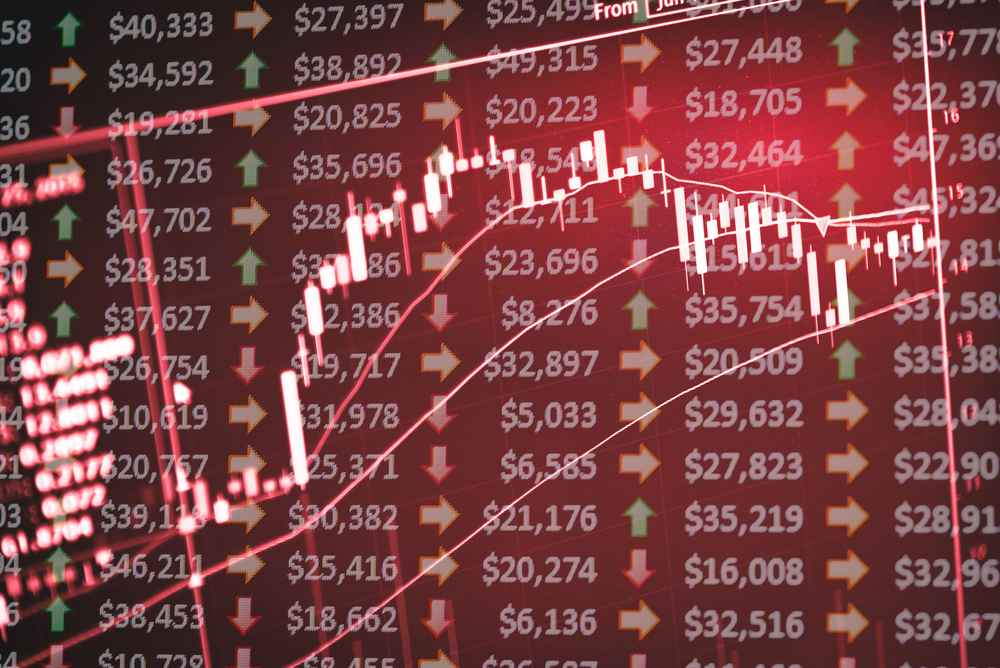If you’re an enthusiastic reader of trading news you may have noticed that the word “volatility”, or “VIX” and the phrase “volatility index” has been repeatedly used over recent days and weeks. We’ve heard and read through various news channels, that the VIX (often referred to as the “fear index”) had been unusually low over recent trading days (early May 2017), reaching lows not witnessed for nine years, then it suddenly spiked. The VIX is the ticker symbol for the Chicago Board Options Exchange (CBOE) Volatility Index, it illustrates the market’s expectation of 30 day volatility.
It’s constructed by using the implied volatilities of a wide range of S&P 500 index options. The reason the VIX is referred to as the “fear index” is straightforward; at times when the reading is low it’s assumed that traders’ fears have receded, they feel confident that they’re trading in a fairly predictable and calm market place. When the VIX is high, the market is perceived to be unpredictable.
The use of the volatility indicator
There are many traders who “trade the VIX” by, for example, trading major volatility funds, such as ETNs and ETFs. Other traders watch the VIX carefully, in order to confirm the trading decisions based on the direction they’ve committed to. Whilst the index is not directly linked to trading forex, there is a particular volatility indicator that can prove to be extremely useful when trading; the ATR, the average true range indicator.
The average true range (ATR) is a technical analysis volatility indicator originally developed by J. Welles Wilder, Jr. for the purpose of commodities’ trading and as with many indicators, because of the mathematics involved in its development, it is completely applicable for forex trading. The indicator does not provide an indication of price trend, instead it illustrates the degree of price volatility. The ATR is also classed as an oscillating indicator; the developing curve fluctuates between the values calculated, based on the levels of price volatility, calculated over a selected period of time. Volatility can be observed in tandem with momentum for the best effect, when looking to make trading decisions.
As with the vast majority of technical indicators, the ATR was designed to be traded off higher timeframes; typically the daily, or weekly timeframes. The (Average True Range) is an easy to read and simple to apply technical indicator, which is designed to read only market volatility. Forex traders can use the current volatility to also decide on the placement of their stops and limit orders, on any existing positions.
The ATR worksas a volatility indicator by measuring the distance between a series of previous highs and lows, measured over a specific number or periods. The ATR is displayed by a decimal reading, indicating the number of units (specifically pips) between the period’s highs and lows. As volatility increases the ATR value increases and as volatility declines, so will the ATR.
The ATR indicator was designed to measure volatility, however, volatility does not necessarily equal market/trader bullishness, or bearishness. Trend strength, or the trend direction, is not revealed by the use ATR, it simply demonstrates price fluctuations. The indicator’s directional movements should not be used as a direction for trading decisions.
Traders can also use the ATR to actively manage their position/s in relation to volatility. The greater the ATR reading on a specific currency pair, thenthe opportunity to widen stops should be considered, as the volatility could perhaps cause the trade to be invalidated and stopped out, due to the volatility, when the chosen trade trend direction is proven correct. Conversely, wide stops when volatility is low, may be unnecessary and cause unnecessary losses.
The ATR is a great tool when looking to adjust to, or adapt to changing market conditions. But it can also be an invaluable indicator when used to anticipate market turns, once a significant change in volatility is observed, which generally happens as a consequence of a major economic news event.





